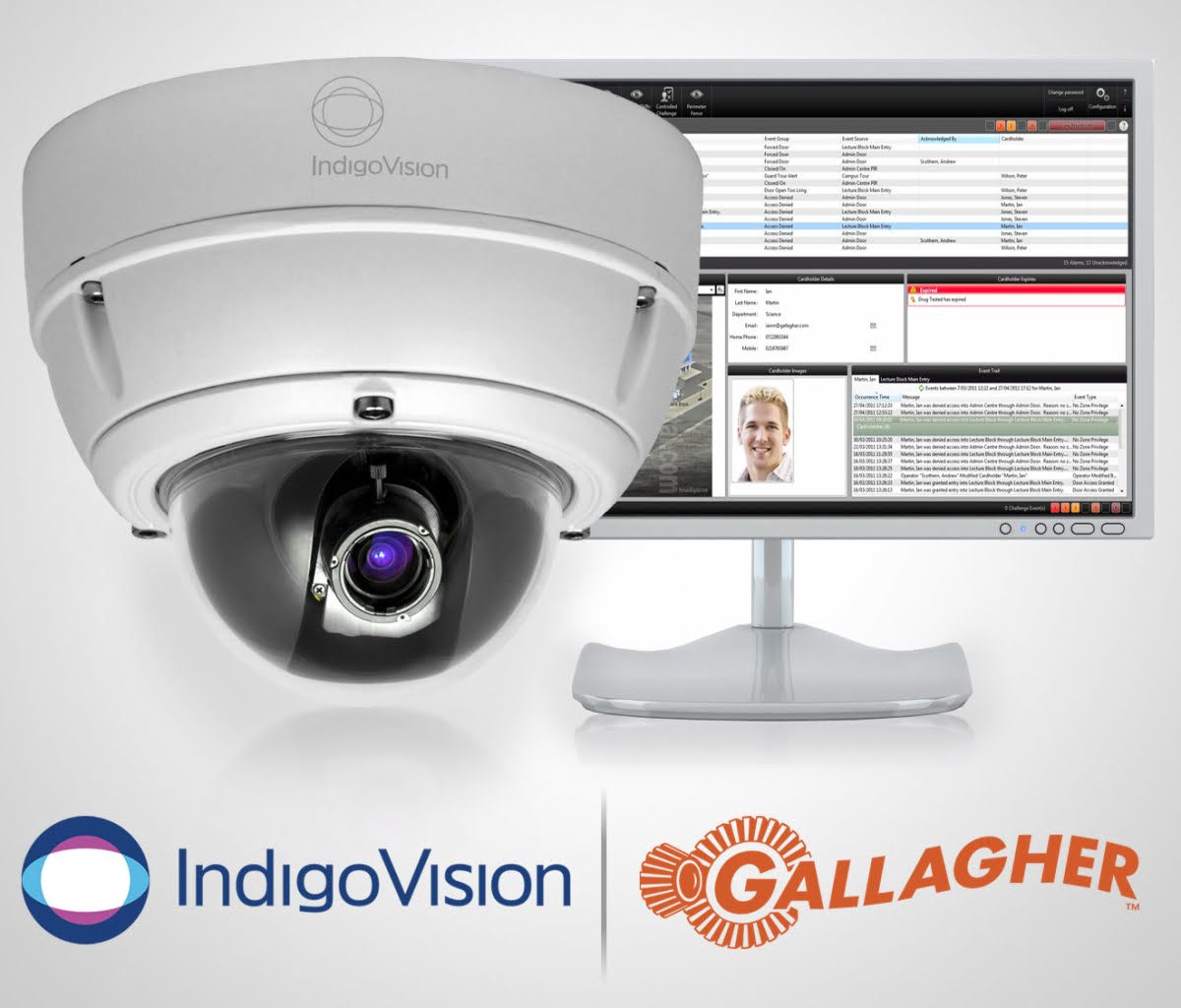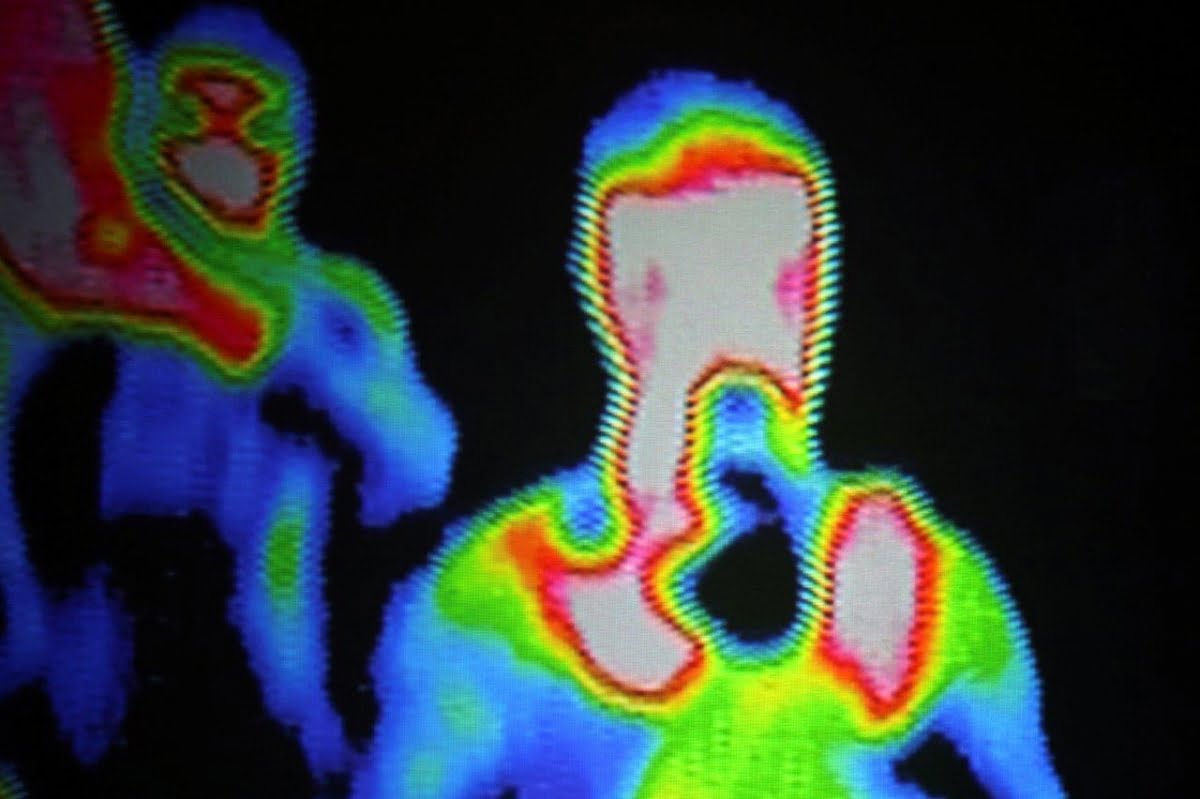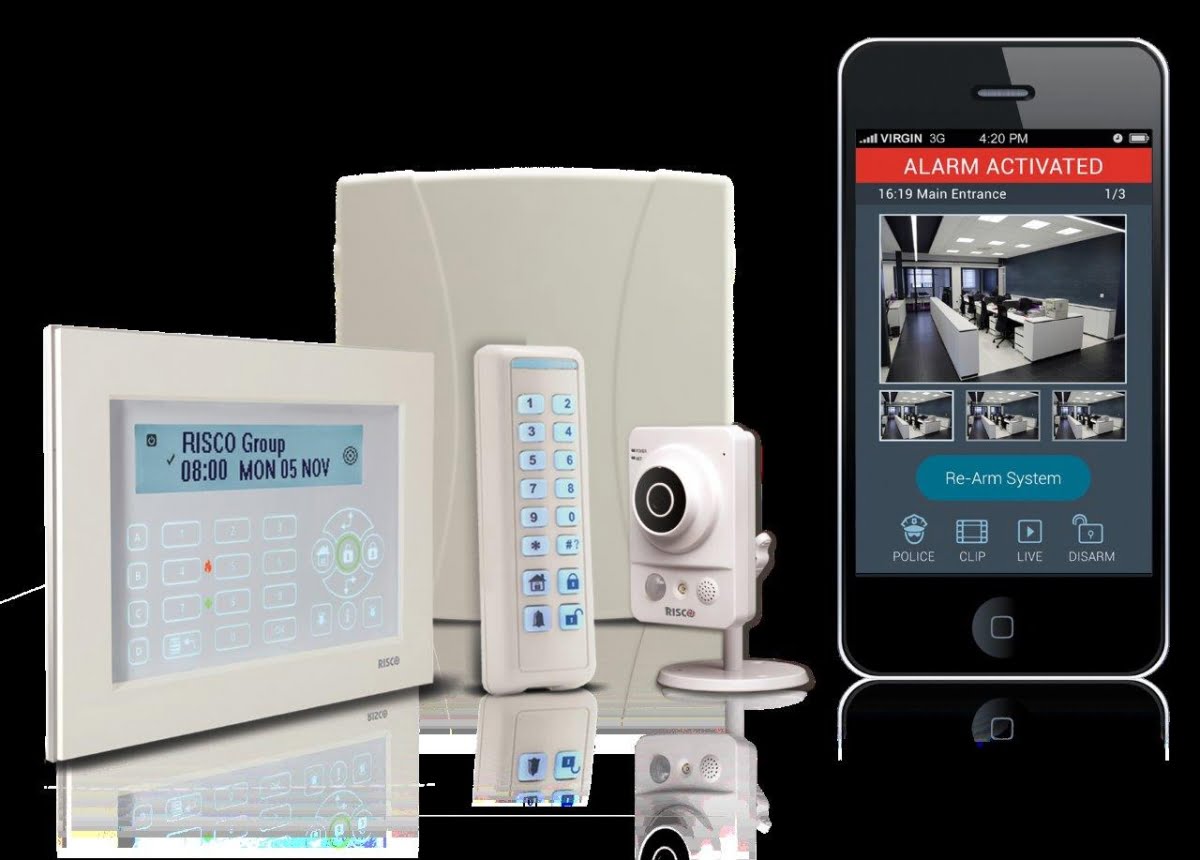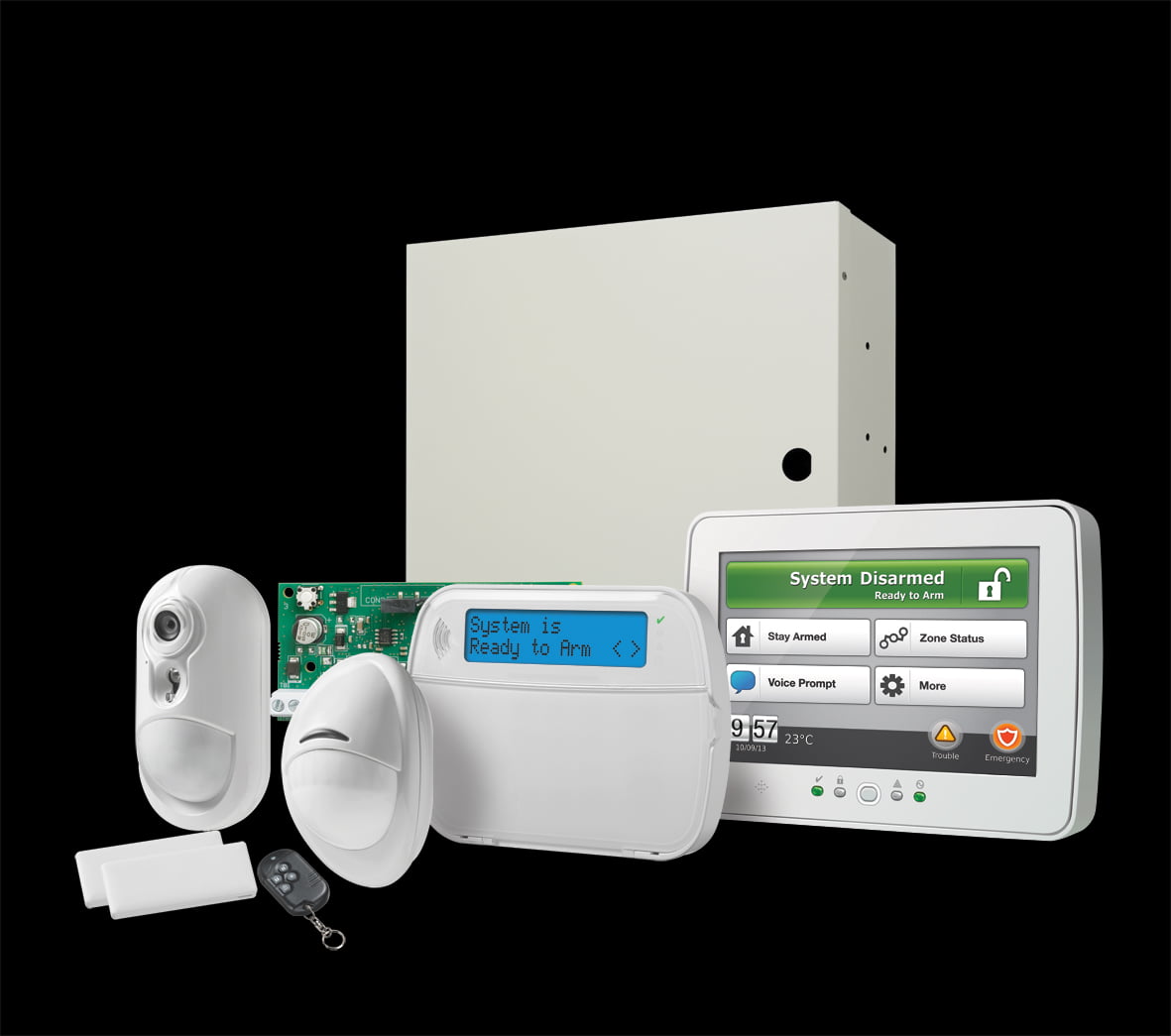Speculating on market trends is an entertaining pastime but the most accurate way to model a market is through sales. In this feature SEN spoke with a number of manufacturers and suppliers in multiple market segments to get a feel for where the market is heading.
AS the electronic security industry morphs it’s not easy as an installer or an end user to be certain where the technology of the future is going to go. Will future systems reside in the cloud? Or will the electronic security subnet model that typifies most applications persist, and most systems remain closed?
Talking sales is the best way to assess what is selling in a market but speaking with manufacturers and suppliers injects a subjective bias into an argument. Companies experience the markets in which they operate, giving them a narrow view. The answer is to speak to as many companies as possible across multiple market segments.
For Emanuel Stafilidis at C. R. Kennedy, the most significant technological trend in the market over the past 12 months has been integration.
“Security is no longer a standalone solution,” Stafilidis says. “Customers are demanding that differing manufacturer’s products work with each other and on existing platforms. They want open selection of cameras, servers and storage all functioning on a single network. They also want these devices to integrate with other security products in order to create a single security solution that integrates with BMS.
“Something else we are seeing is more demand for video analytics,” he says. “Video analytics adds another layer of detection, provides statistical data such as people counting and enables quicker and easier searching through video archive.
“Interesting too, we have noticed an increase in the uptake of transmission modules that are used to transfer ethernet signals over existing cable infrastructure, such as ethernet-over-coax baluns.”

Integration is becoming more common
At perimeter specialist Senstar, Jonathan Johnson also sees integration as being significant.
“We are seeing a trend towards tighter integration through greater use of PSIM and other centralised management platforms,” Johnson says. “This is good for the end users as they gain greater situational awareness through a more complete picture of what’s occurring around their facilities. In turn, more common use of high level interfaces to networked sensors is providing greater visibility and control, which subsequently reduces total cost of ownership through the use of remote maintenance provisions.”
“It’s about the nature of IP solutions. The quality and performance of IP-based products is so strong and the pricing so competitive that technological trends are moving at a pace I’ve never seen before”
Bosch Security Systems’ Steve Malesevic also takes an holistic view and for him, the really significant trend in the electronic security market is remote connectivity.
“More and more projects are coming up that require some form of remote connection or access,” Malesevic explains. “In the old days, the requirement was to have a closed system, however, with video over IP becoming the norm, the requirement for remote connectivity is growing fast.
“For smaller systems, the end user wants to have peace of mind through remotely monitoring their premises smartphone or tablet using 3/4G or on a laptop while travelling. For larger sites, this might include patrol guards accessing video across large geographical areas or command centres having visibility of multiple retail outlets or office locations.
Obviously, to meet these demands, many factors need to be taken into consideration when designing a system.
“NBN is here in some areas and it will expand, so people are thinking about big questions with no one-solution-fits-all answer,” Malesevic says. “For instance, how is video to be handled in NBN environments? Is it to be stored locally? Should there be off-site redundancy? Recording at the edge device? What cloud services are available and what is the best way to access quality HD images remotely?
“I think it will come down to leveraging the power of various technologies and systems to provide a range of different solutions depending on requirements. We’re doing this with dual iSCSI recording, recording at the edge, low bandwidth IP cameras and remote connectivity via transcoding devices and mobile video servers.”

Remote connect is another building trend
For Rob Rosa, COO at QSS the most significant technological trend is the underlying IP technology itself.
“Truly, where do you start?” he asks. “For me it’s about the nature of IP solutions. The quality and performance of IP-based products is so strong and the pricing is so competitive that technological trends are moving at a pace I’ve never seen before.
“A good example of this is that we can offer a FLIR thermal camera at a lower price than an installed external PE beam. Imagine a FLIR thermal camera costing less than $1000 delivering near perfect verified intrusion detection at a range of 80 metres in total darkness – with images going straight to your VMS/NVR or smart device.
“The sense of excitement applies to our customers, too,” says Rosa. “QSS is currently experiencing serious take-up across all our IP solutions.”

Thermal is so hot right now
Over at FLIR, Peter De Ieso also thinks thermal combined with video analytics going to be huge.
“Thermal imaging has become video analytics’ greatest technology partner,” says De Ieso. “Given the capability of thermal technology to verify intrusion in real time, we see FLIR technology as solving problems like false alarms, as well as cutting the installation cost of illuminated optical CCTV systems. I think the technology in our new FC-series will enhance security system capabilities for a long time to come.”
“There’s also change in the access control market with an increasing number of open platform and non-proprietary door controllers available that provide a transition to the unified market”
Infratherm’s Brad Ballesty agrees thermal is a big growth area, along with HD-SCI, a comms technology that gets IP cameras onto existing coaxial networks. According to Ballesty, end users wanting to verify intrusions and defend their perimeters are highly attracted to thermal because it saves them money and once installed, it actually works.
Thermal is not the only area in which customers are attracted to raw, dependable performance. It’s a constant that suggests the underlying fundamentals of the security function have not changed. Every electronic security system needs to detect and report intrusion, efficiently and reliably.
For Tony Lagan at HikVision, this demand for system performance is driving development in two key areas when it comes to CCTV cameras.
“There’s continuing improvement in low light performance and WDR,” Lagan says. “These features are generally the most important performance-based specifications – these are certainly the first things installers and end users look at when considering a camera.
“The second trend I see is edge storage allowing for redundancy in case of server or network failure. This is now being regularly requested as part of large project requirements,” he says. “Our latest 4-Series cameras are strong in all these key areas.”
Vivotek’s Kate Wang sees things in the same way – she says low light technologies and wide dynamic range (WDR) will be 2 key technological trends in the market.
“The truth is that high resolution alone cannot ensure image quality and usability,” explains Wang. “With the increasing demand for effective security and intelligent utilization of video footage, the precise and clear identification of an object under challenging lighting conditions is becoming basic criteria. To achieve this 24-7, low light performance and WDR are needed.
According to Wang, Vivotek’s SNV (Supreme Night Visibility) range has 3 types of WDR – WDR Enhanced, WDR Pro (100-120dB) and WDR Pro II (140dB). And that last number – 140dB of WDR in Vivotek’s WDR Pro II camera – seems like the strongest wide dynamic range in the industry right now.
Steve Charles at Sony also sees outright performance as the key aspect of the cameras his company manufactures.
“From Sony’s viewpoint, the most significant trend in the market is the development of cameras that perform 24 hours per day with true colour reproduction and without compromise to camera performance and resolution,” he says. “This depends on a combination of low light performance and wide dynamic range during the day and night without intervention.”

4K – Yes, it's coming but it's a bit hairy…
Something else that’s on the minds of distributors and manufacturers is 4K, or Ultra HD as the consumer standard is known. Ultra HD offers a resolution of 3840 X 2160 and as it becomes pervasive, it’s going to have an impact on cameras, lenses, networks, storage solutions, the lot. There’s not a huge number of Ultra HD surveillance cameras on the market yet but Axis Communications’ recent release of the P1428-E with 3840 x 2160 pixels at 30ips is a big signpost. Where Axis goes, others will follow. There's a caveat. Ultra HD isn't just about cameras. It's a lens-to-monitor solution or it's a waste of money.
Over at Pacific Communications, Lou Mavrelis affirms the big change coming is an increase in megapixel resolution for IP cameras used in general applications. Mavrelis is also seeing more cameras used in domestic applications, with local event recording and the option of cloud storage.
Still at Pacific Communications, Kieron McDonough agrees with Mavrelis.
“For me the big trend is IP cameras and their ever increasing megapixel resolution,” McDonough says. “Yesterday it was 720p resolution, today its 1080p and tomorrow it will be 4K resolution. Fundamentally you get clearer sharper images that allow you to electronically zoom in. This is a huge benefit for CCTV surveillance.”
Kobi Ben Shabat of Open Platform Systems also thinks 4K cameras will be the next big thing. According to Ben Shabat, they will provide a boost to the demand for higher resolution and frame rate in the MP camera requirements of customers over the next 18 months.
“There’s also change in the access control market with an increasing number of open platform and non-proprietary door controllers available that provide a transition to the unified market (video and access control),” says Ben Shabat. “These will increase the demand for similar solution that is dominating the IP Video – Open platform.
Not surprisingly, given the release of the P1428-E, Axis’ Wai King Wong also points at 4K as being the big deal of the moment.
“Consumers are driving the technology innovations and demand for higher resolution,” says Wong. “When 4K technology is used broadly in the consumer market, we’ll see it adopted by the security market as well. 4K is a natural step from HDTV to improve image quality and details further.”
“There’s continuing improvement in low light performance and WDR. These features are generally the most important performance-based specifications – these are the first things installers and end users look at when considering a camera”
Behind all these digital devices are networks and it’s no surprise that Yunus Mamoniat at communications manufacturer, Comnet, says IP or Ethernet-based transmission networks are becoming a greater focus as a solution to today's video transmission challenges.
“We are also noticing the importance of an ability to converge technologies and the seamlessly integration of fibre, copper, and wireless is also now very attractive proposition.”

Video verification of alarms and app control are strong trends
Having sold its products in Australia for 20 years, Risco has a good sense of changes in the market, according to Tim Prag. For Prag, the big things are visual verification of alarm events, wireless solutions and app control of security systems.
“We are seeing a wider acceptance of wireless systems with apps for control and video verification,” he says. “End-users like systems that can be controlled by apps and they appreciate visual verification of alarms at monitoring stations.
“I think visual verification of alarm events with PIR camera detectors and with IP cameras will significantly change the way an end user views security.
“In the past such systems were only been available in high security applications – they were financially out of reach of the everyday home or business,” Prag says. “We believe that the introduction of Risco’s VUpoint live video verification solution will be a game changer in this area.”

Systems like DSC NEO come with PIR cameras for video verification
And Bosch’s James Layton agrees with Prag that the changing user experience is a key trend in electronic security systems.
“Improvements and innovation in the field of user experience will be the key driver towards technical success in the market going forward,” Layton says. “Manufacturers that fail to account for the holistic system experience and instead rely on features and ticked boxes to sell their products, are going to suffer.
“Our market is becoming increasingly driven by the needs and desires of the end user, especially in the residential market. In the past, uninitiated users would turn to the integrator for advice on every component of a new installation. Today days end users are doing their own research and highlighting new technologies and innovations that they want.”
Tyco, too, is seeing a big move from hardwire to wireless devices in the intrusion space, along with support for video verification. Given Tyco’s great global size, these observed trends carry serious weight. If a company like Tyco focuses on video verification of alarm events, it’s likely we will see video verification become the industry standard for intrusion sensors.








